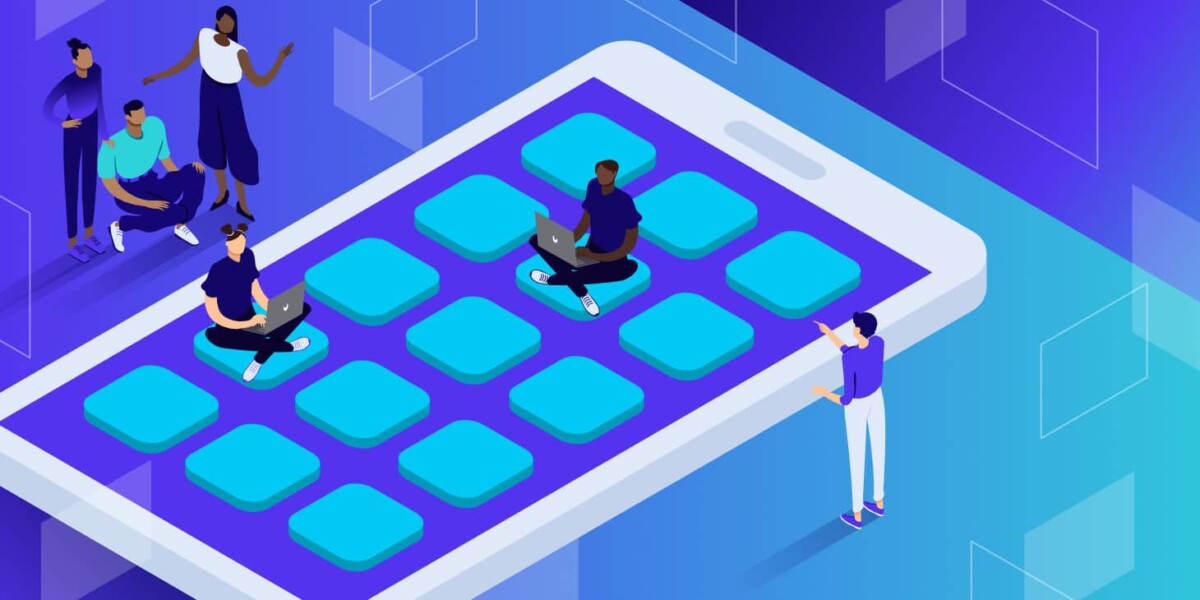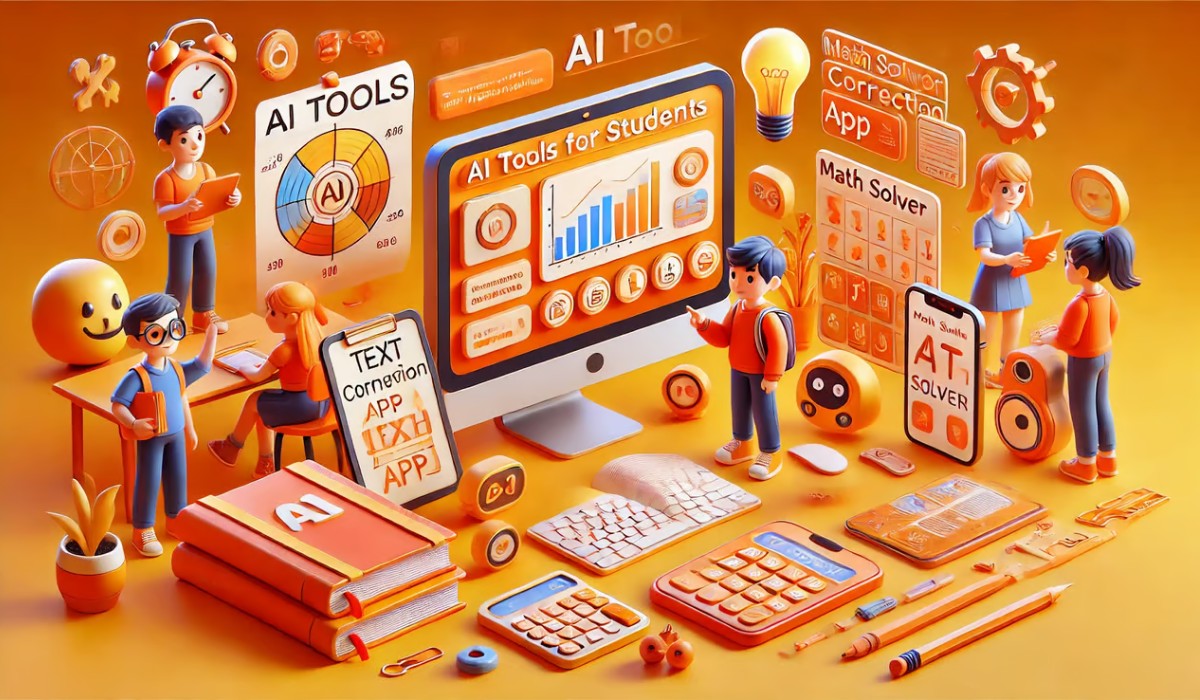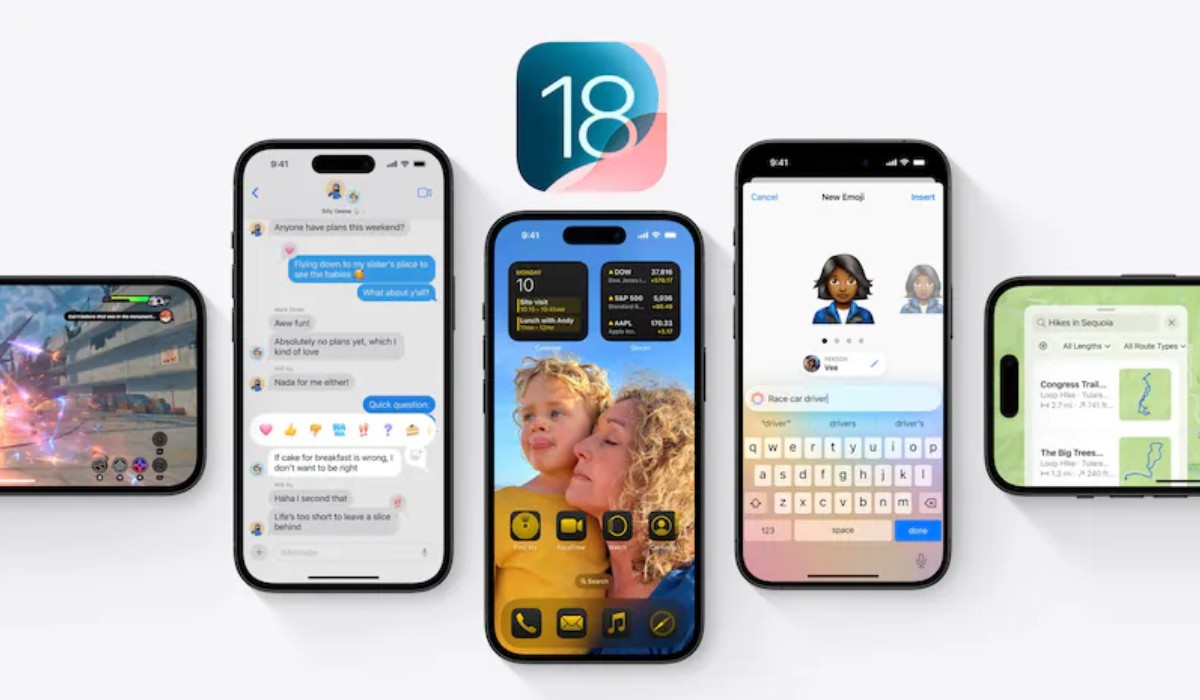Ubisoft NFTs, called ‘Digits’, launch for in-game items
Ubisoft – a gaming industry giant – recently announced plans to integrate NFTs into its games. These NFT’s will be known as “Digits”, containing their own unique serial numbers while being tradeable on the crypto market.
The first digits will be released in beta for Tom Clancy’s Ghost Recon Breakpoint, which comes out Thursday. These initial NFTs will come in the form of aesthetic, in-game gear, and may be purchased using cryptocurrency in any of the game’s launch countries.

Its in-game NFTs will be stored on the Tezos blockchain, which it claims is far more energy-efficient than other options. Although the use of NFTs in gaming remains controversial, with many players and designers believing they are only considered as a way to make money, rather than providing players with any benefit.
How do NFTs work-Ubisoft?
Ubisoft’s first batch of Digits will launch with “limited editions” – of a fixed number of in-game digital items – for the company’s game Tom Clancy’s Ghost Recon Breakpoint, on Thursday. It can be purchased with cryptocurrency. Although only in the launch countries of USA, Canada, Spain, France, Germany, Italy, Belgium, Australia, and Brazil.
Many games – especially free-to-play ones such as the popular Fortnite or Warzone titles – make a large chunk of their money through selling in-game cosmetic items or “skins” that change the look of characters or items.
Ubisoft is applying the NFT technology to this game mechanic, and calling its overall ecosystem “Quartz”.
What are NFTs and why are some worth millions?
In economics, a fungible asset is something with units that can be readily interchanged – like money. With money, you can swap a £10 note for two £5 notes and it will have the same value. However, if something is non-fungible, this is impossible. It means it has unique properties so it can’t be interchanged with something else.
NFTs are “one-of-a-kind” assets in the digital world that can be bought and sold like any other piece of property. They have no tangible form of their own. The digital tokens can be considered as certificates of ownership for virtual or physical assets.











